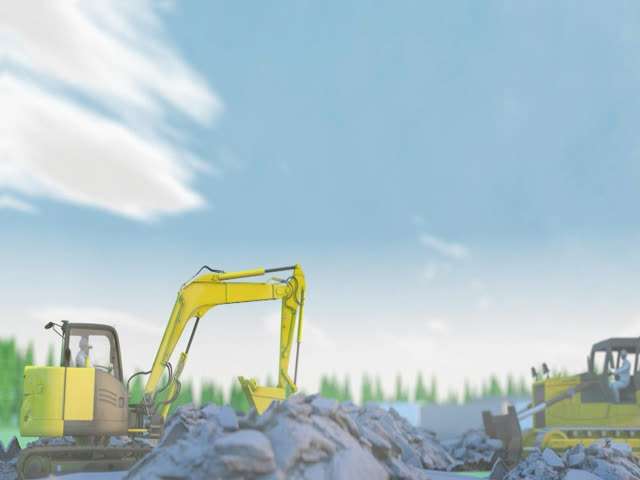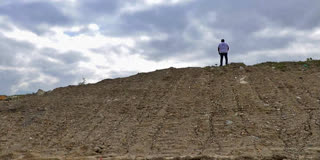Watch: How A Nuclear Power Plant Is Decommissioned
🎬 Watch Now: Feature Video


By AFP
Published : Sep 10, 2024, 4:53 PM IST
An extendable robot began on Tuesday a two-week mission to retrieve the first sample of melted fuel debris from inside one of three damaged reactors at the Fukushima Daiichi nuclear power plant.
Highly radioactive fuel and other materials in the reactors melted when a massive earthquake and tsunami in 2011 damaged the plant's cooling systems. The plant's operator, Tokyo Electric Power Company Holdings, has previously used small robots to examine the inside of the reactors, but this is the first time for it to collect a sample of the melted debris in what will mark the start of the most challenging part of the plant's decadeslong decommissioning.
The decommissioning of a nuclear power plant is a long, complex and costly process process which takes on average 20 years but also up to 100 years, depending on the type of nuclear reactor.
After a nuclear power plant has stopped operating the radioactive spent nuclear fuel is removed from the reactor core. It is transferred to a pool for storing spent fuel, on site or at another installation, where it stays for several years while it becomes less radioactive before being treated.
At the same time, the radioactive components of the plant are disconnected, often done remotely with the aid of robots to reduce the exposure to the human operators. To avoid the dispersion of radioactive particles, ventilation systems are installed comprising filters and physical barriers such as airlocks.
The radioactive waste is treated separately, then put in temporary or permanent storage. The buildings and the non-radioactive components are demolished. Then the site is cleaned for eventual reuse: contaminated layers of soil and materials are removed then sent to the nuclear waste management and storage sector.





